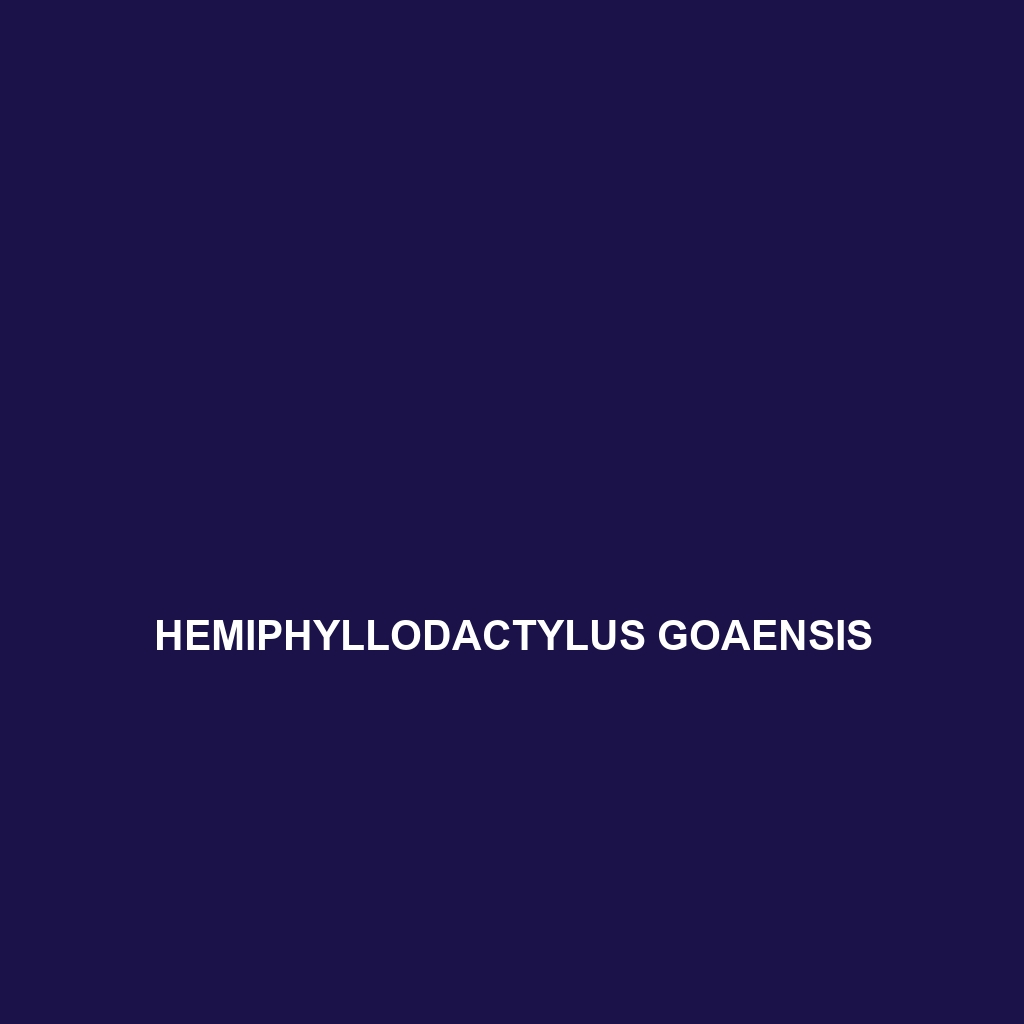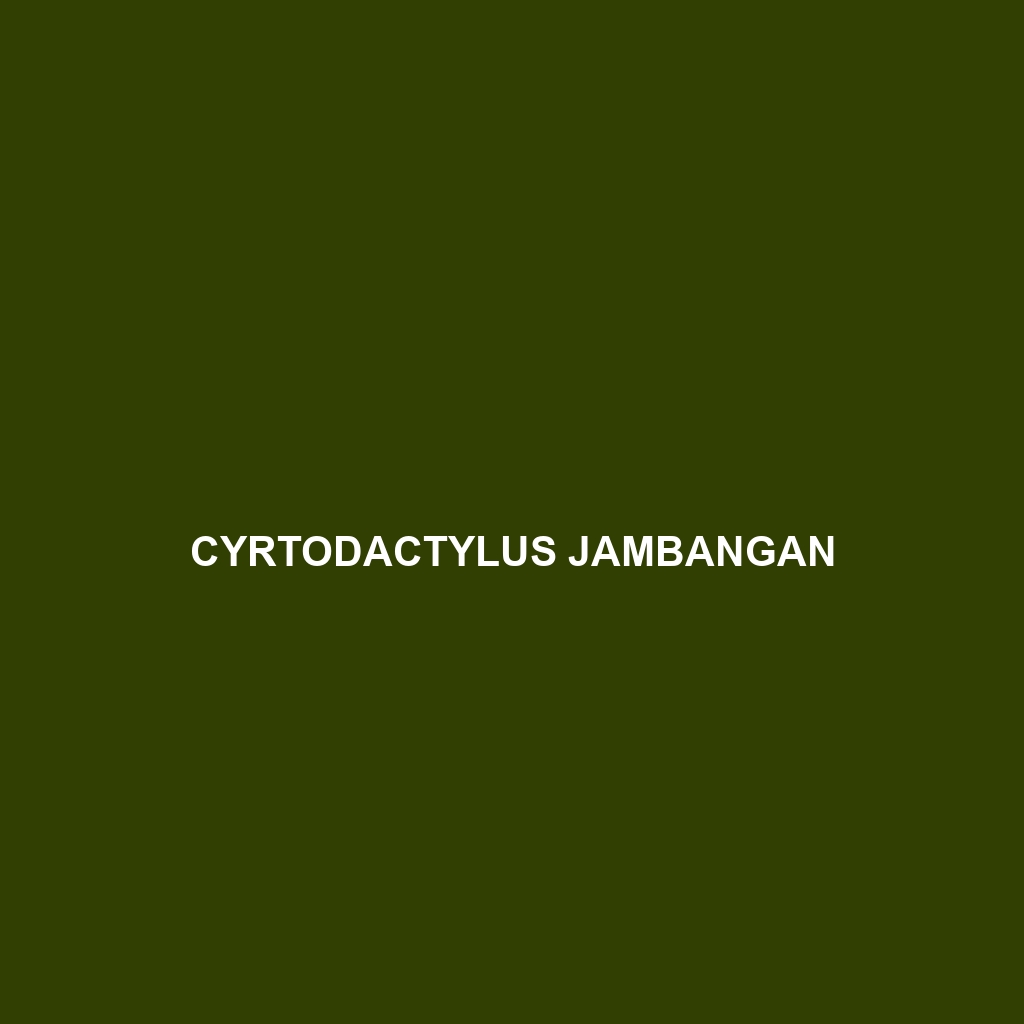<b>Ptyodactylus dhofarensis</b>, commonly found in the Dhofar region of Oman, is a nocturnal gecko measuring 15 to 20 cm with unique climbing abilities and distinctive brown splotched coloration. As an insectivore, it plays a vital ecological role by controlling insect populations while adapting seamlessly to its rocky and semi-arid habitats.
Tag: gecko habitat conservation.
Ptyodactylus dhofarensis
<b>Ptyodactylus dhofarensis</b>, commonly found in the Dhofar region of Oman, is a nocturnal gecko measuring 15 to 20 cm with unique climbing abilities and distinctive brown splotched coloration. As an insectivore, it plays a vital ecological role by controlling insect populations while adapting seamlessly to its rocky and semi-arid habitats.
Hemiphyllodactylus gengmaensis
<p><b>Hemiphyllodactylus gengmaensis</b> is a small, agile gecko found in tropical rainforests of Southeast Asia, characterized by its unique coloration and nocturnal behavior. This insectivorous species plays a crucial role in its ecosystem by controlling insect populations and contributing to plant pollination.</p>
Dravidogecko douglasadamsi
The Dravidogecko douglasadamsi, also known as Douglas Adams' gecko, is a medium-sized, nocturnal gecko native to the rainforests of southern India, featuring vibrant coloration for effective camouflage and a diet primarily consisting of insects. Classified as Vulnerable, this species plays a crucial role in regulating insect populations and maintaining ecosystem balance.
Cyrtodactylus varadgirii
Cyrtodactylus varadgirii, a vibrant gecko native to the tropical forests and rocky terrains of southeastern India and Myanmar. Known for its distinctive coloration, agile climbing abilities, and vital role in controlling insect populations, this nocturnal species is both fascinating and vulnerable to habitat loss.
Cyrtodactylus jaintiaensis
Cyrtodactylus jaintiaensis, a medium-sized gecko native to the Jaintia Hills of Meghalaya, India. Featuring distinctive earthy brown and green coloration, this nocturnal species thrives in humid environments, is vital for controlling insect populations, and is currently classified as 'Vulnerable' due to habitat threats.





